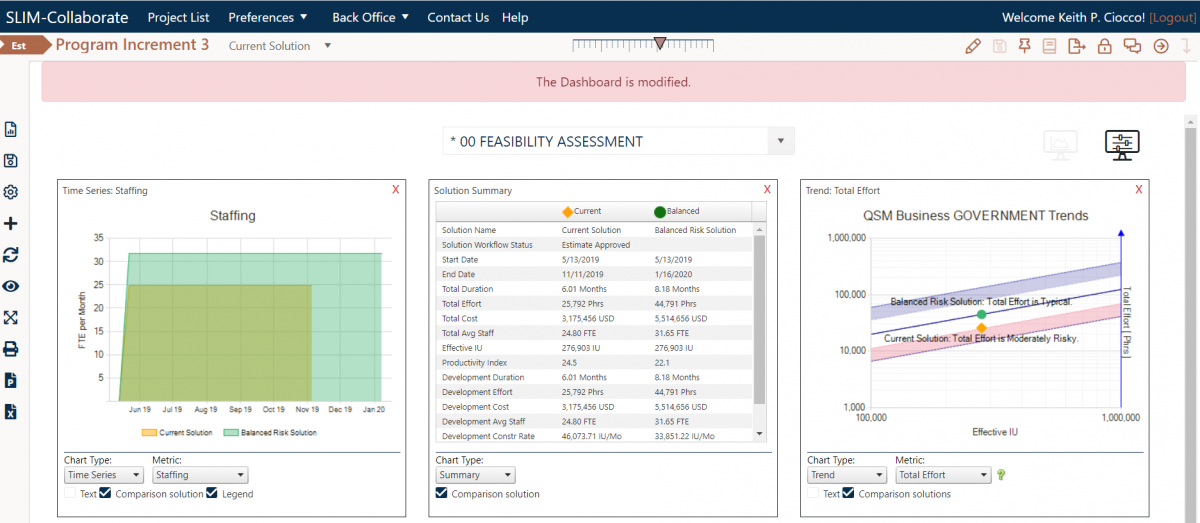Upcoming Webinar: Critical Cost & Schedule Target Setting with Data-Driven Estimation
On Wednesday, September 15th at 1:00 PM Eastern, QSM will host a free webinar, "Critical Cost & Schedule Target Setting with Data-Driven Estimation."
It might come as no surprise that technology organizations will spend millions of dollars this year on agile and traditional development programs. But did you know that many will lose big money and time because they don’t have an effective way to establish and negotiate reasonable cost, schedule, and quality targets? In this webinar, Keith Ciocco will demonstrate how we use the QSM estimation tools to manage these major challenges and the uncertainty that can come with very early critical planning decisions.
Keith Ciocco has more than 30 years of experience working in sales and customer service, with 25 of those years spent with QSM. As Vice President, his primary responsibilities include supporting QSM clients with their estimation and measurement goals, managing business development and existing client relations. He has developed and directed the implementation of the sales and customer retention process within QSM and has played a leading role in communicating the value of the QSM tools and services to professionals in the software development, engineering and IT industries.

 QSM is deeply saddened to share that our founder, Larry Putnam, Sr. passed away last week at the age of 91, leaving behind a 40 year legacy in the software estimation and measurement field.
QSM is deeply saddened to share that our founder, Larry Putnam, Sr. passed away last week at the age of 91, leaving behind a 40 year legacy in the software estimation and measurement field.